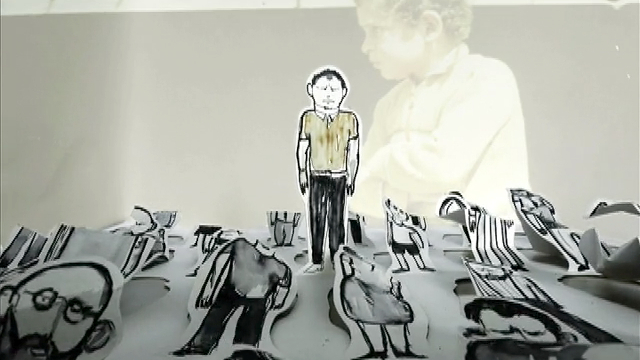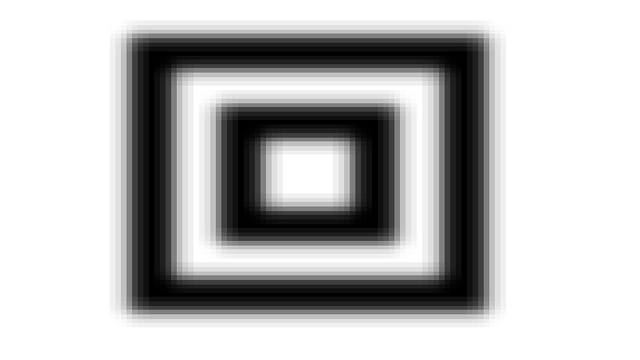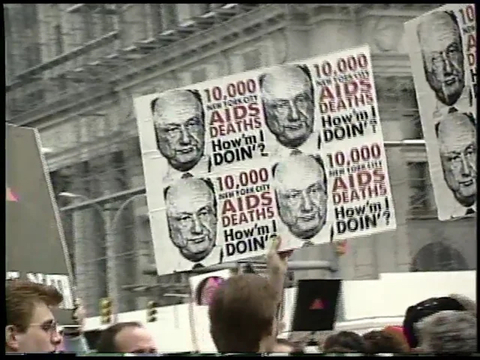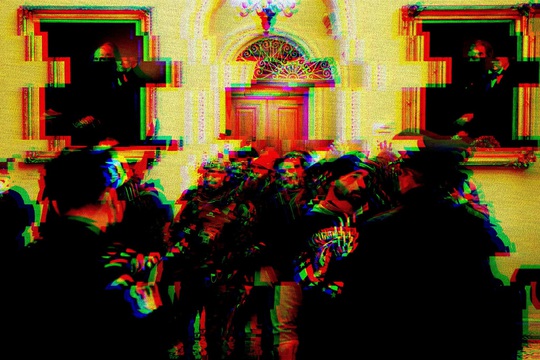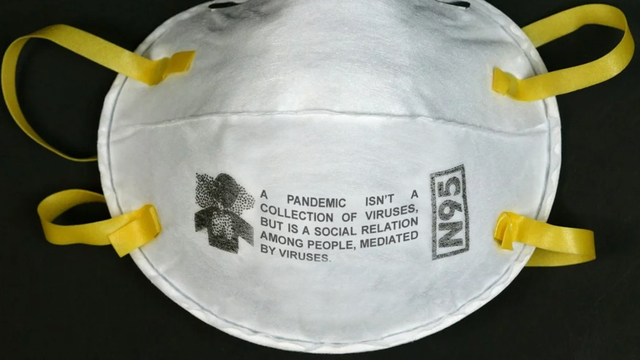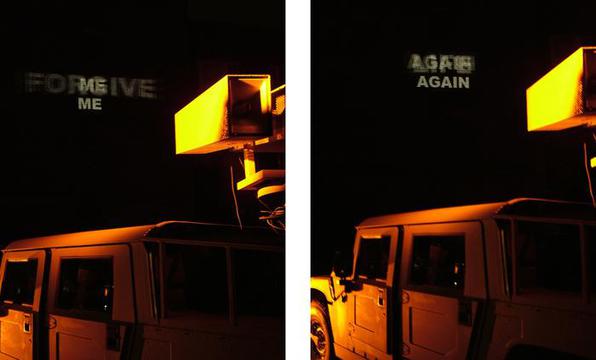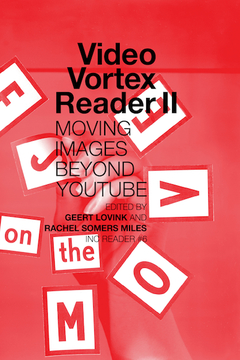Ten Premises For A Pandemic
How much has changed in just a few days. Here is another text I've composed in an attempt to continue to think about the pandemic, and our lives within it. I hope it's of use, however minorly, as we all try to come to some kind of terms with the novel transformations, precarities, and struggles emerging in every direction.
~i

